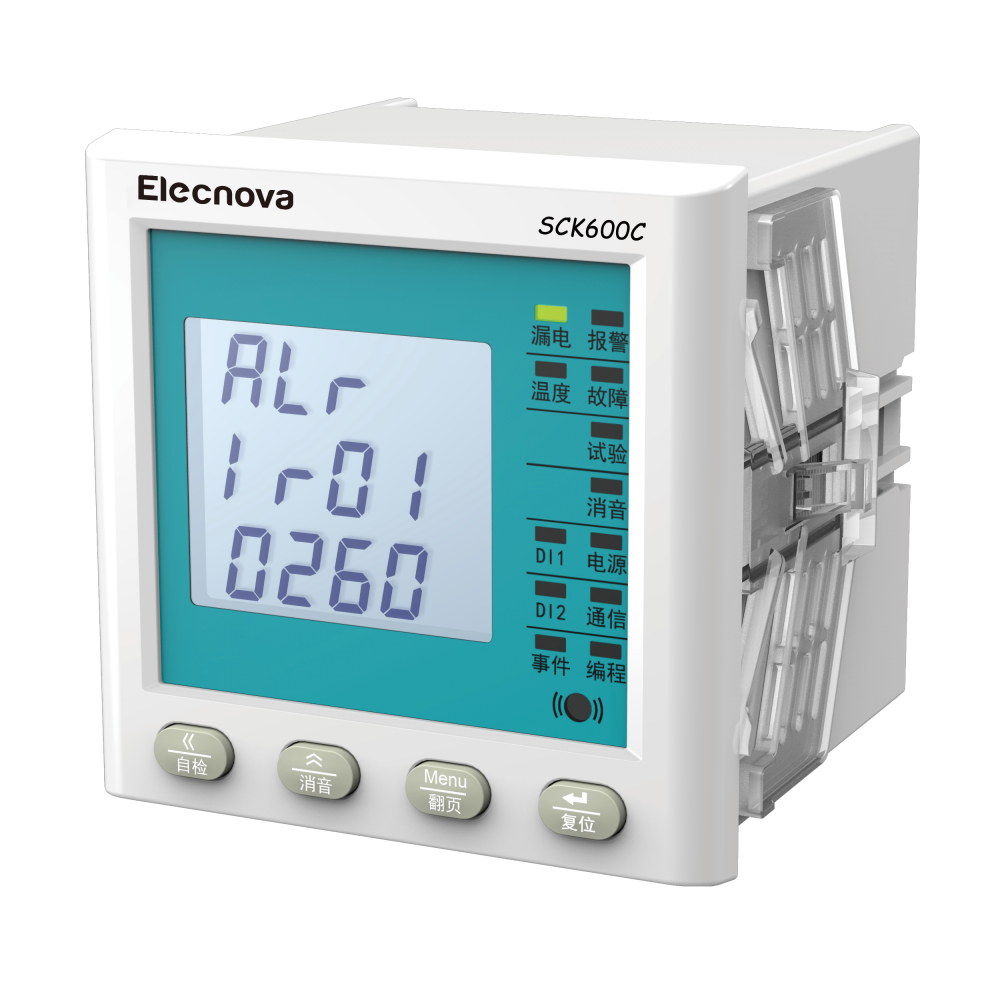First, the basic principle of the transformer
Schematic diagram of the principle of a transformer. When a sinusoidal alternating voltage U1 is applied across the primary coil, there is an alternating current I1 in the conductor and an alternating magnetic flux Ñ„1, which forms a closed core along the primary and secondary coils. Magnetic circuit. The mutual inductance potential U2 is induced in the secondary coil, and Ñ„1 also induces a self-induced potential E1 on the primary coil. The direction of E1 is opposite to the applied voltage U1 and the amplitude is similar, thereby limiting the size of I1. In order to maintain the existence of magnetic flux Ñ„1, it is necessary to have a certain power consumption, and the transformer itself has a certain loss. Although the secondary is not connected to the load at this time, there is still a certain current in the primary coil. This current is called "no-load current." ". If the secondary is connected to the load, the secondary coil generates a current I2, and thus the magnetic flux Ñ„2, the direction of Ñ„2 is opposite to Ñ„1, which acts to cancel each other out, so that the total magnetic flux in the core is reduced, thereby making the primary The self-inductance voltage E1 is reduced, and as a result, I1 is increased, and it can be seen that the primary current is closely related to the secondary load. When the secondary load current increases, I1 increases, Ñ„1 also increases, and the Ñ„1 increase partially complements the portion of the magnetic flux that is offset by Ñ„2 to keep the total magnetic flux in the core constant. If the loss of the transformer is not taken into account, it can be considered that the power consumed by an ideal transformer secondary load is also the primary power drawn from the power supply. The transformer can change the secondary voltage by changing the number of turns of the secondary coil as needed, but cannot change the power that allows the load to be consumed.
Second, the loss of the transformer
When the primary winding of the transformer is energized, the magnetic flux generated by the coil flows in the core. Since the core itself is also a conductor, an electric potential is induced on a plane perpendicular to the magnetic field line. This potential forms a closed loop and generates a current on the cross section of the core. It seems to be a vortex and is called "vortex." This "vortex" increases the loss of the transformer and increases the temperature rise of the transformer's core heating transformer. The loss caused by the "eddy current" is called "iron loss". In addition, a large number of copper wires are required to wind the transformer. These copper wires have resistance. When the current flows, the resistor consumes a certain amount of power. This loss is often consumed as heat. We call this loss "copper loss". . Therefore, the temperature rise of the transformer is mainly caused by iron loss and copper loss. Since the transformer has iron loss and copper loss, its output power is always less than the input power. For this reason, we introduce an efficiency parameter to describe this, η = output power / input power.
Third, the material of the transformer
To wind a transformer we must have a certain understanding of the materials related to the transformer, so I will introduce this knowledge here. 1. Core material: The core material used in the transformer mainly consists of iron sheet, low silicon wafer and high silicon wafer. The addition of silicon in the steel sheet can reduce the conductivity of the steel sheet and increase the resistivity, which can reduce the eddy current and reduce the loss. . We usually refer to the silicon-added steel sheet as silicon steel sheet. The quality of the silicon steel sheet used for the quality of the transformer has a great relationship. The quality of the silicon steel sheet is usually expressed by the magnetic flux density B. The B value of the black iron sheet is generally 6000-8000, low silicon wafer is 9000-11000, high silicon wafer is 12000-16000. 2, the commonly used materials for winding transformers are enameled wire, sandbag wire, wire wrapped wire, the most commonly used enameled wire. For the requirements of the wire, the conductive property is good, the insulating paint layer has sufficient heat resistance, and has a certain corrosion resistance. In general, it is best to use the Q2 model of high-strength polyester enamel. 3. Insulation material In the winding transformer, the isolation between the coil frame layers and the isolation between the windings are all made of insulating materials. The general transformer frame material can be made of phenolic paperboard, and the interlayer can be isolated by polyester film or telephone paper. Yellow wax cloth can be used for isolation between the windings. 4. Impregnating material: After the transformer is wound, the last step is to dip the insulating varnish, which can enhance the mechanical strength of the transformer, improve the insulation performance and prolong the service life. Under normal circumstances, cresol varnish can be used as the impregnation. material.
Electric Security Monitoring And Protection
Electric Security Monitoring and Protection can find various electricity omissions involving millions of users.
Electricity is the most common form of energy in the world, and most of the resources are converted into electrical energy by human beings in various ways.

Electric Security Monitoring And Protection,Electrical Data Monitoring,Security And Protection Monitoring,Real Time Bus Monitoring System
Jiangsu Sfere Electric Co., Ltd , https://www.elecnova-global.com